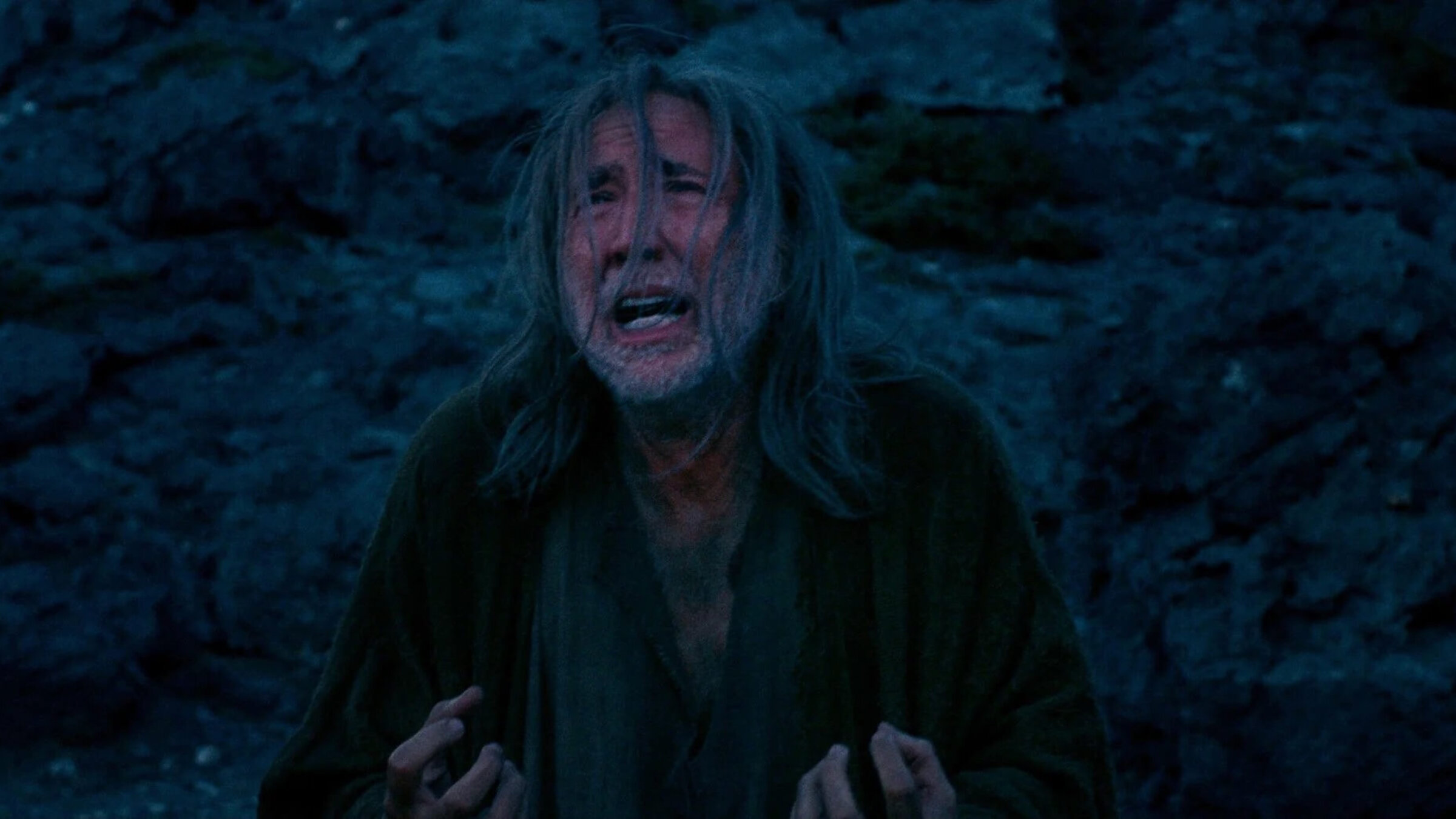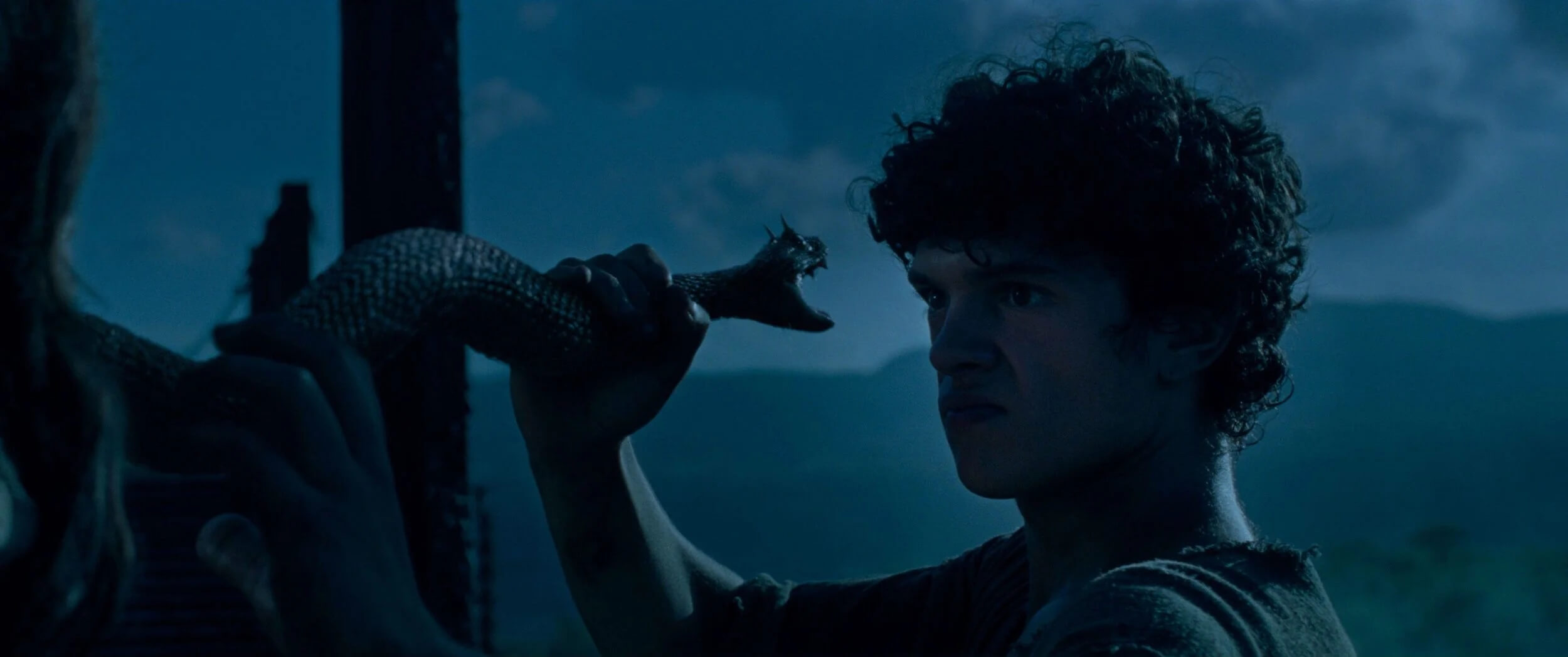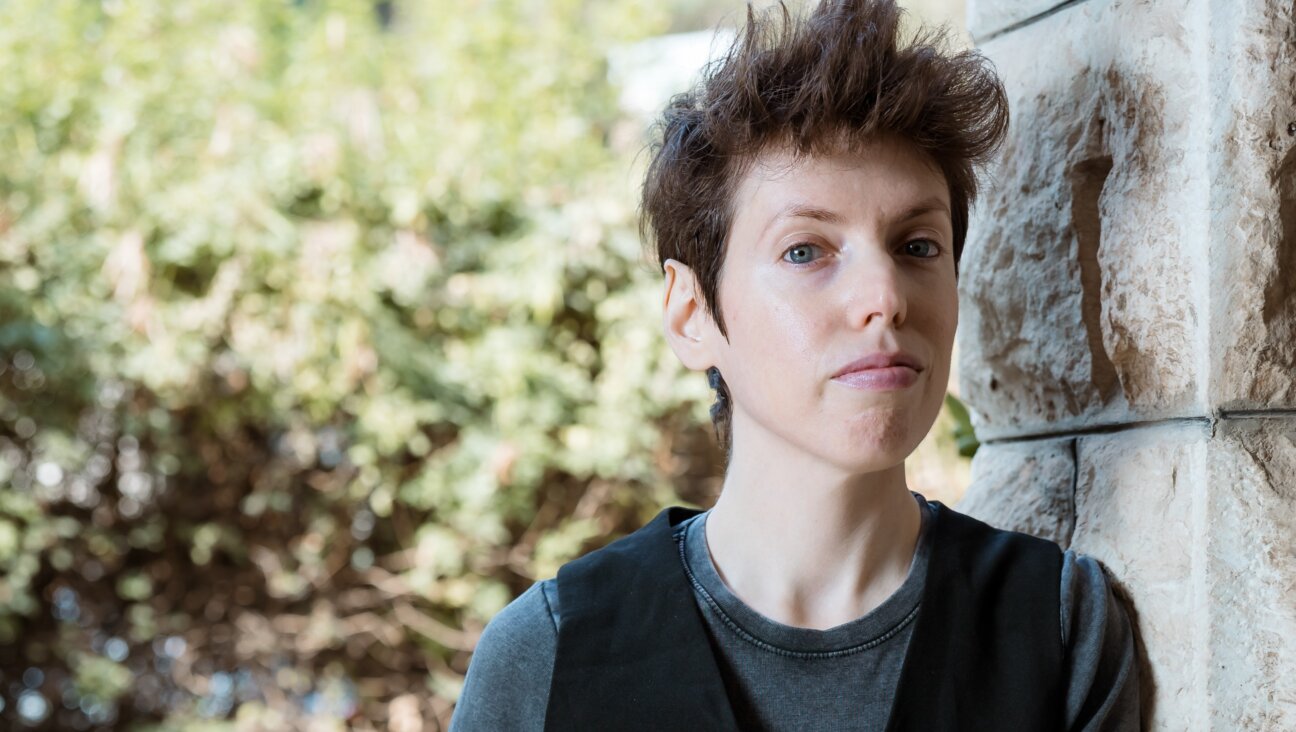This Jesus horror movie could have used more heresy
Critics worried ‘The Carpenter’s Son’ would be blasphemous but it hews to orthodox interpretations

Nicolas Cage yells and moans and prays as Joseph. Courtesy of Magnolia Pictures
Historically, Christianity has carefully controlled its interpretations and texts; texts that portrayed Jesus in anything other than a glowing light or complicated the narrative the early Church hoped to spread — anything that made him look too human or too flawed — got taken out of the canon and declared heretical.
Which means most people are not familiar with the Infancy Gospel of Thomas, an apocryphal and perhaps Gnostic text about Jesus’ early years, from toddlerhood to his tweens. In it, Jesus is depicted as a wise but petulant child who, like any kid, has occasional temper tantrums. But, as the son of God, his are a bit more impactful; he curses and smites everyone who annoys him. (He does resurrect some of them once he’s calmed down.) He also uses his powers for deeply mundane and childish tasks, like animating his toys or making his work easier. It is, in short, not a particularly virtuous or divine depiction.
This is why The Carpenter’s Son, a new movie written and directed by Lotfy Nathan that takes its inspiration from the apocryphal gospel, has upset Christians. It’s also because the film is a horror flick full of roaring demons and horned snakes pulled from the throats of the possessed.

Pop artist FKA Twigs stars as Mary, and Nicolas Cage as Joseph — the movie doesn’t name any of its characters, so technically they’re playing The Mother and The Carpenter, respectively, but we all know who they really are — who are struggling to parent their powerful child (a constantly glowering Noah Jupe). After a bloody, screaming birth, they flee Herod’s soldiers’ attempts to throw their infant into a giant bonfire; years later, when they finally settle down, Jesus has some weird run-ins with the villagers, including a beautiful but demonically possessed young woman named Lilith and a leering, scar-covered child who lives among lepers and is as evil as she seems to be. Snarling demons ensue.
Before the movie came out, many Christians passed around petitions and wrote blogs about the film’s blasphemy. But The Carpenter’s Son is not, in fact, subversive at all. First of all, Jesus is not a petulant toddler; he looks to be around 20. All the notable anecdotes from the apocrypha are missing: He hardly smites anyone, doesn’t animate his toys and never even blinds the neighbors. In fact, he repeatedly rejects temptation, death and evil. There’s even a cheesy CGI halo, the appearance of which made the audience snicker the night I saw the film.

Despite the various demons, this makes for a plodding, moralistic movie that adds little to the basic Christian story other than a few jump scares. (It is not aided by the acting, which amounts to Jesus scowling, Mary looking stricken and Joseph yelling in the blustering way only Cage can.)
But there are hints of something more interesting, if only Lotfy Nathan, who both wrote and directed the film, had been bold enough to embrace the text that inspired him. The scarred child tells Jesus that Joseph, who is constantly exhorting his son to pray harder and more often, is an “oppressor,” and questions whether the difference between good and evil is so clearcut; despite being demonic, she is also the one who encourages Jesus to help the possessed. She and Joseph worry that the world is too unclean to truly be a creation of God, and wonder if Jesus is truly “righteous.” Moments like these nod to Christian gnosticism, which posited that the earth was created by a false God and is evil.

These kinds of questions are heretical in mainstream Christianity. But Judaism preserved many similarly extratextual ideas in the form of the Midrash, a set of interpretations that I often describe as “rabbinical fan fiction” because of their tendency to write in entire characters and plotlines that didn’t exist in the original biblical text. For example, in one midrash about the Binding of Isaac, in which God orders Abraham to sacrifice his son but stays his hand at the last moment, Abraham actually succeeded but Isaac’s soul returned and he was resurrected; in another, Satan appears on the pair’s journey to the sacrifice to tempt Abraham to disobey.
For Jews, these stories — however outré they may be — are not heretical. It’s kosher to discuss and consider the questions they raise about the nature of the patriarchs and other lauded figures, making for a rich discourse over the centuries. This openmindedness and cultivation of unorthodox stories has also, not incidentally, made for better entries into the horror genre; the past decade has seen Jewish horror movies drawing from myths of golems, dybbuks, the practice of guarding the dead before burial and even the horror of an overbearing Jewish mother. The open canon provides a rich text from which to mine.
Had Nathan felt free to do the same with the apocrypha, perhaps The Carpenter’s Son could have been an interesting and affecting movie full of mysterious questions about the nature of evil and God. After all, the idea that God could be a demon, or even that God might be too capricious and chaotic to be trustworthy, is far scarier than demons being demonic.

















